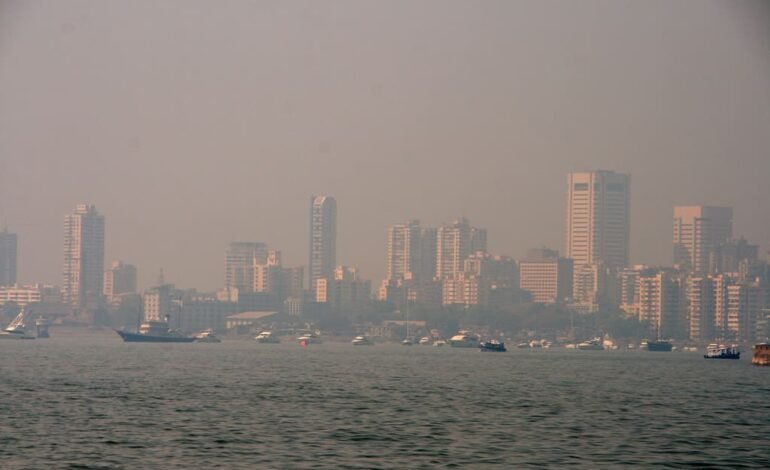India’s fading sunlight: study finds long-term drop in sunshine hours

A peer-reviewed analysis reports a sustained decline in sunshine hours in India over the past three decades, linking dimmer skies to aerosols, cloud cover and shifting weather. Using data from 20 stations between 1988 and 2018, the authors say the decline in sunshine hours in India is most pronounced in northern inland areas, the Himalayan belt and parts of the west coast.
The paper, published in Scientific Reports, finds only the north-east sees a seasonal reprieve. Monthly patterns show longer sunshine from October to May before sharp drops in June and July, when monsoon clouds dominate. Researchers say the decline in sunshine hours in India is closely tied to winter haze and light-scattering aerosols from vehicle exhaust, industry and crop burning.
Science & Environment — More to Explore on EyeOnLondon
Evidence-led reporting on the natural world, energy and life sciences.
Sharks and Rays Threatened by Deep-Sea Mining
What seabed extraction could mean for fragile ecosystems and long-lived species.
Read the storyScience & Environment
Renewables Overtake Coal as World’s Biggest Energy Source
A shift in the global energy mix and what it means for costs, security and climate.
Read the analysisScience & Environment
Black Mamba Venom More Complex Than Thought
Inside the latest findings on venom chemistry and implications for treatment.
Read the scienceScience & Environment
One author said lingering, rain-free cloud decks are more common where aerosol levels are high, further suppressing direct sunlight. Other scientists estimate aerosols have cut surface sunlight by double-digit percentages in recent decades, with clouds accounting for an even larger share of the shortfall.
Why it matters goes beyond the weather. Lower sunlight can reduce the output of solar panels, add to health risks from dirty air and depress crop yields, particularly rice and wheat in the Indo-Gangetic Plain. In energy terms, cleaner air and better siting could recover large amounts of electricity each year, while haze on panels can sap performance.
International research suggests the story is not unique. Europe and China also recorded periods of “global dimming” as pollution rose, followed by some “brightening” where clean-air rules took effect. The new study argues heavily polluted regions may be missing out on those gains, with knock-on effects for agriculture and renewable power.
Public health researchers add that cutting aerosol pollution brings twin benefits: clearer skies that restore solar potential and fewer respiratory illnesses; a concise overview is set out in this air-pollution and aerosols briefing.
For more stories exploring London life, science and everyday impacts, follow EyeOnLondon for original reporting and clear explainations.
Follow us on:
Subscribe to our YouTube channel for the latest videos and updates!
We value your thoughts! Share your feedback and help us make EyeOnLondon even better!









